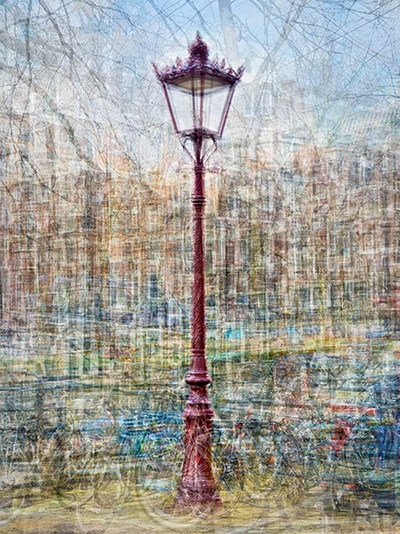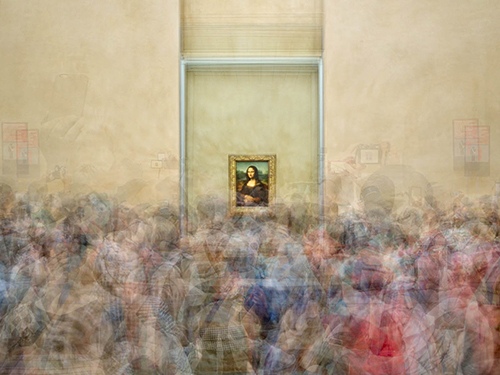Between Reality and Illusion by Photographer Pep Ventosa
What is a photograph? According to Pep Ventosa, it’s magic. Pep usually works with multiple shots of one scene, taken from different angles, and then pieces them together, one by one, like a puzzle.
By doing so, he is able to create a look that is very different from the original object. In his “Art’s Magnetic Field” series, he collapses time and space by “freezing a moment in the backdrop of continuity”; the effect is astounding. Be it a carousel, a tree, or an iconic structure, the image created by Pep is so elusive and alluring that it makes viewers wonder whether they are in a dream or reality. Pep’s stunning photos have won him many accolades from art critics. We are honored to be able to interview Pep and learn more about his approach to bring out the best from photography and fine art.
Q: Your artworks are truly unique both in approach and artistic presentation. Between photography and paintings, you have created a style all your own. Please tell us how you came up with this ingenious idea.
A: Thank you. I see photography as part of the long tradition of picture-making, of the human desire to create representations of things. Having come from the film days of photography, I was excited by the endless plasticity of the digital image when it arrived. It triggered my exploration of what a photograph can be. Pressing the shutter was once practically the end of a photograph for me, now it’s the beginning of a new adventure.
I first started deconstructing and reconstructing images by shooting a scene in fragments, like puzzle pieces, dozens, even hundreds, that I reconstructed in the studio, working piece by piece, like executing a painting, little by little. That play with multiple individual photographs to create new images grew in different directions with much of my work dedicated to the overlay and combining of different shots to find new representations of familiar things and places. I believe that there’s a space in between photography and painting full of possibilities. That’s where I enjoy working.
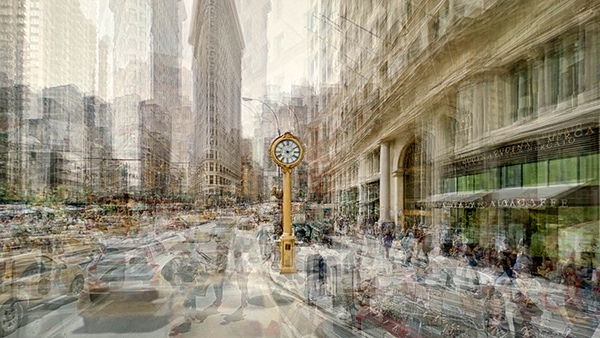
Q: You are like a magician who seems to be able to collapse time and space to create an illusion of continuity. It is especially evident in your series titled Art’s Magnetic Field. Please tell us about this series and how you create the motion effect.
A: Photography is magic, right? That seems to be one of its most powerful attributes. It tricks us into believing we’re looking at a real moment frozen in time when it’s really just a representation of something.
Art’s Magnetic Field is my illustration of the human desire to be in the presence of iconic artworks and the fundamental role that photography played in their popularity. I looked through hundreds of snapshots of people’s pilgrimages to these famous works of art, like the Mona Lisa or Rembrandt’s The Night Watch. Even when we all take the same essential shot, there’s a lot of other variables that make each one unique. By blending all these perspectives I’m bringing together the passage of time and the movement of time. It also starts to make you wonder: Are they looking at the art or is the art looking at them?
Q: If you don’t mind, please tell us some of your favorite pieces and the stories behind each.
A: I was in France in 2008, observing a nice carousel and wondering how to capture it in an original way. The motion of the carousel, moving around its axis, inspired me to move and walk around it too. I took a few dozen shots, each from a different position until I completed the full orbit around the carousel. Back in the studio I combined and refined some of the shots and delighted in discovering a fuller presentation of the carousel and its environment in the round. I quickly set about taking this approach to the different subject matter. Among other works I’ve made with this concept, I’ve built a rather large body of work I call “Trees, In the Round”.
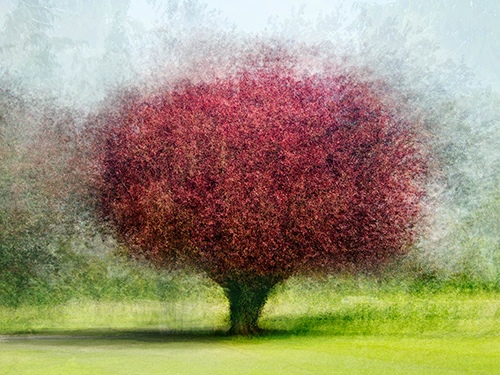
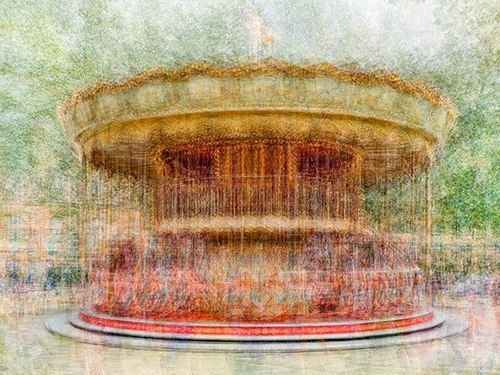
Q: There are many iconic places from around the world that have been captured in your portfolio. Please name some places that you like the most and why.
A: There are so many; it’s hard to choose. I’m drawn to the iconic nature of places, be it famous landmarks or the feel of being in the heart of traffic in New York City. In addition to taking my own shots for various works, I’m a hunter of images. There are trillions of photographs in the world now and I like to repurpose them. I gather lots of imagery and use it like paint, layering one over the other, over the other, until they disappear into a new image. In this way, I do a lot of armchair travel from my studio. For instance, I have a series, an homage to the most popular form of photography, called “The Collective Snapshot” where I’ve overlayed photographs shot through the years by different people, a collective memory if you will.
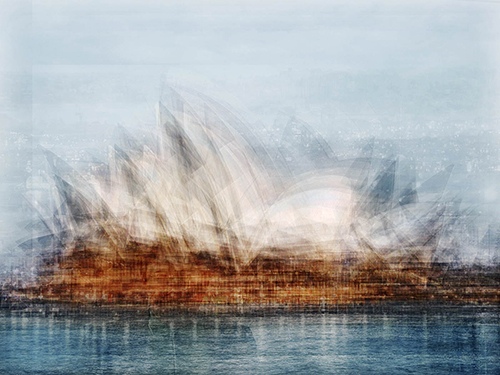
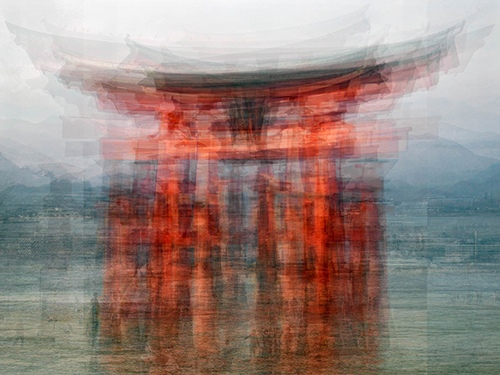
Q: In your opinion, what are the important elements in creating unique pieces like yours?
A: A lot of trial and error, repetition, repetition, patience, and curiosity. I’m deeply interested in the language of photography and work every day with different ideas. One thing I miss about the analog film days is the old surprise factor between shooting and developing. I’m always looking for new visual experiences in part as a way to bring that exciting anticipation back into my work.
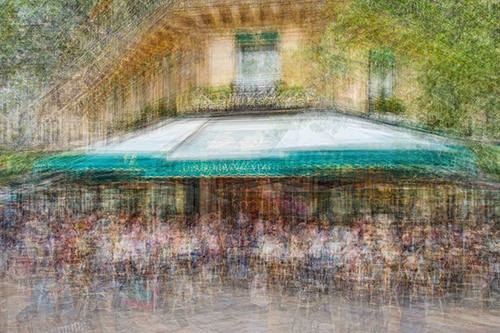
Q: You use reality to create an illusion and use the illusion to present reality. Which do you gravitate towards the most and why?
A: Photographs are illusions. Their only reality is their materiality, either on paper or on a screen. We see a photograph of a street lamp and we think we’re seeing that street lamp but it’s an illusion. The photograph itself disappears as it transports us to our memory of what is a street lamp. I like to play with that concept and use photographs like a painter uses paint, as raw material, brush strokes with which I can create an abstraction, removing and transforming the illusion of a photograph into a new reality, an image that didn’t exist before.
